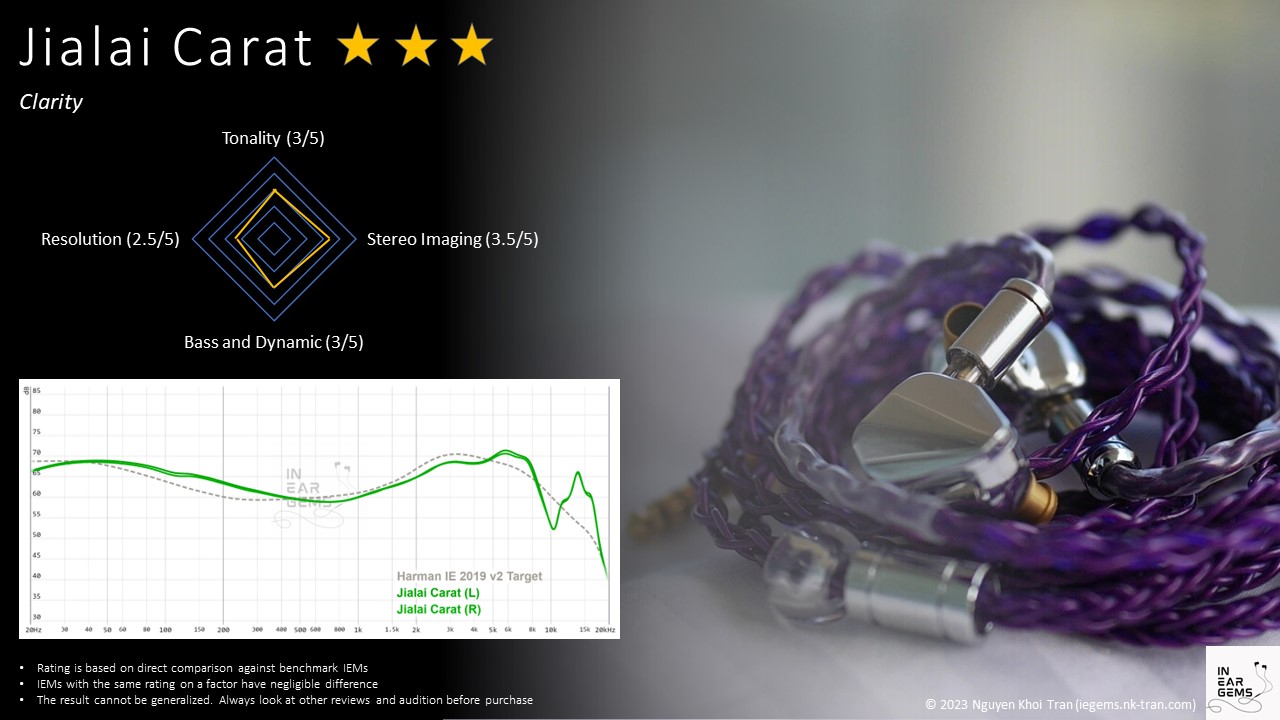Jialai Carat - Clarity
Today, we a look at Carat, the debut IEM from the sister brand of NiceHck - Jialai.

Forewords
- What I look for in an IEM is immersion. I want to feel the orchestra around me, track individual instruments, and hear all of their textures and details. I’m not picky about tonality, as long as it is not make the orchestra, violin, cellos, and pianos sound wrong. However, when an IEM does tonality especially well, I will mention.
- I rate IEMs within with a consistent scale from 1 (Poor) to 3 (Good) to 5 (Outstanding). An overall ranking of 3/5 or above is considered positive.
- Ranking list and measurement database are on my IEM review blog.
- Terms used in my reviews are consistent with the glossary by Headphonesty
- This review is based on a review sample from NiceHck (Thank you!). I have no affiliation with or financial interest in NiceHck and Jialai.
- The unit retails for $70 at the time this review was published. Unaffiliated links: NiceHck store
General Information
Carat is equipped with a single 10mm dynamic driver with titanium-plated DLC diaphragm. The drivers are encased in aluminium alloy shells. It is tuned according to the Harman In-Ear target but with some significant variations, which we will discuss further in the frequency response analysis section of this review. Similarly to most IEMs on the market, Carat is equipped with 2-pin, 0.78mm sockets to support interchangeable cables.
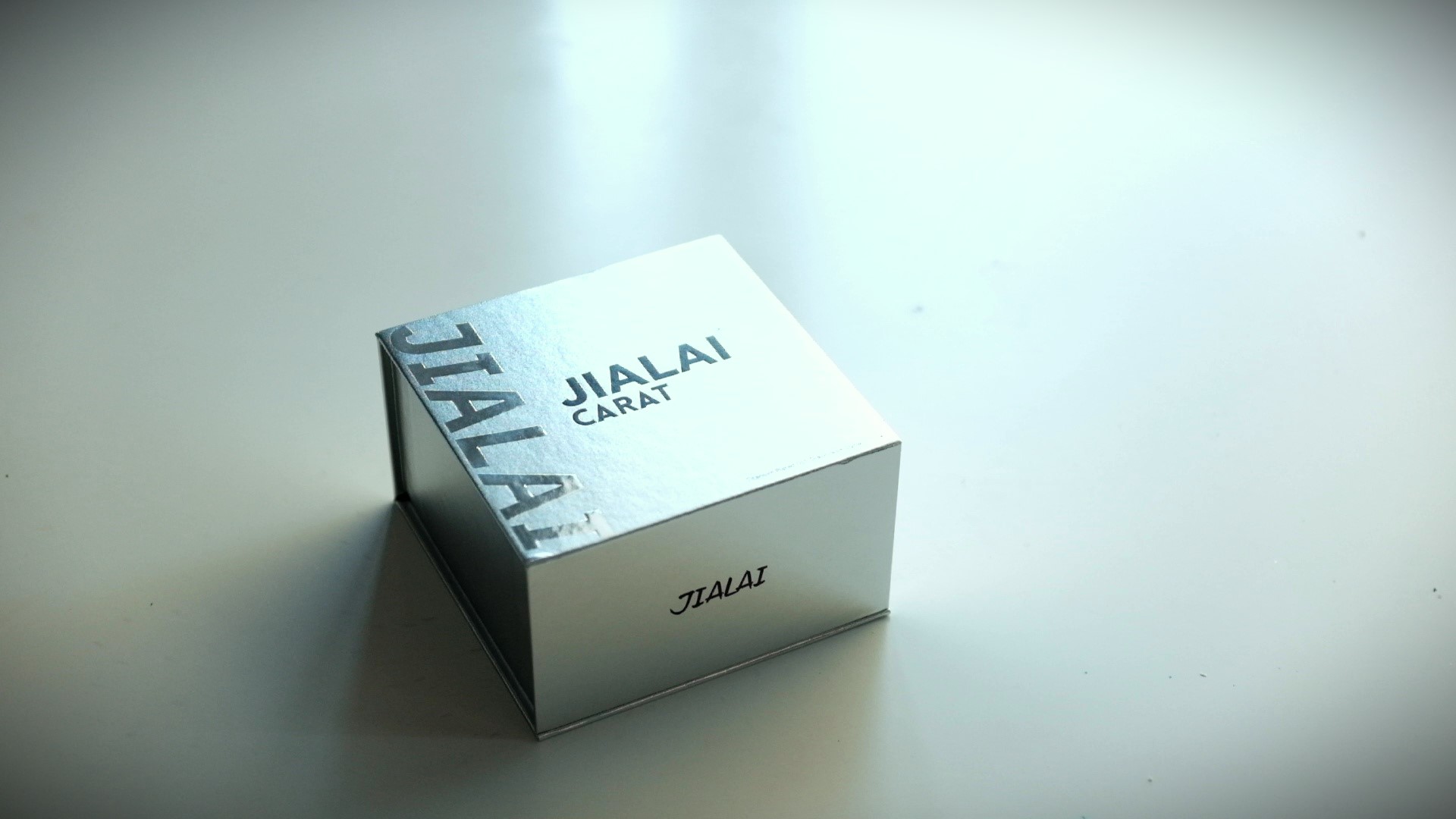
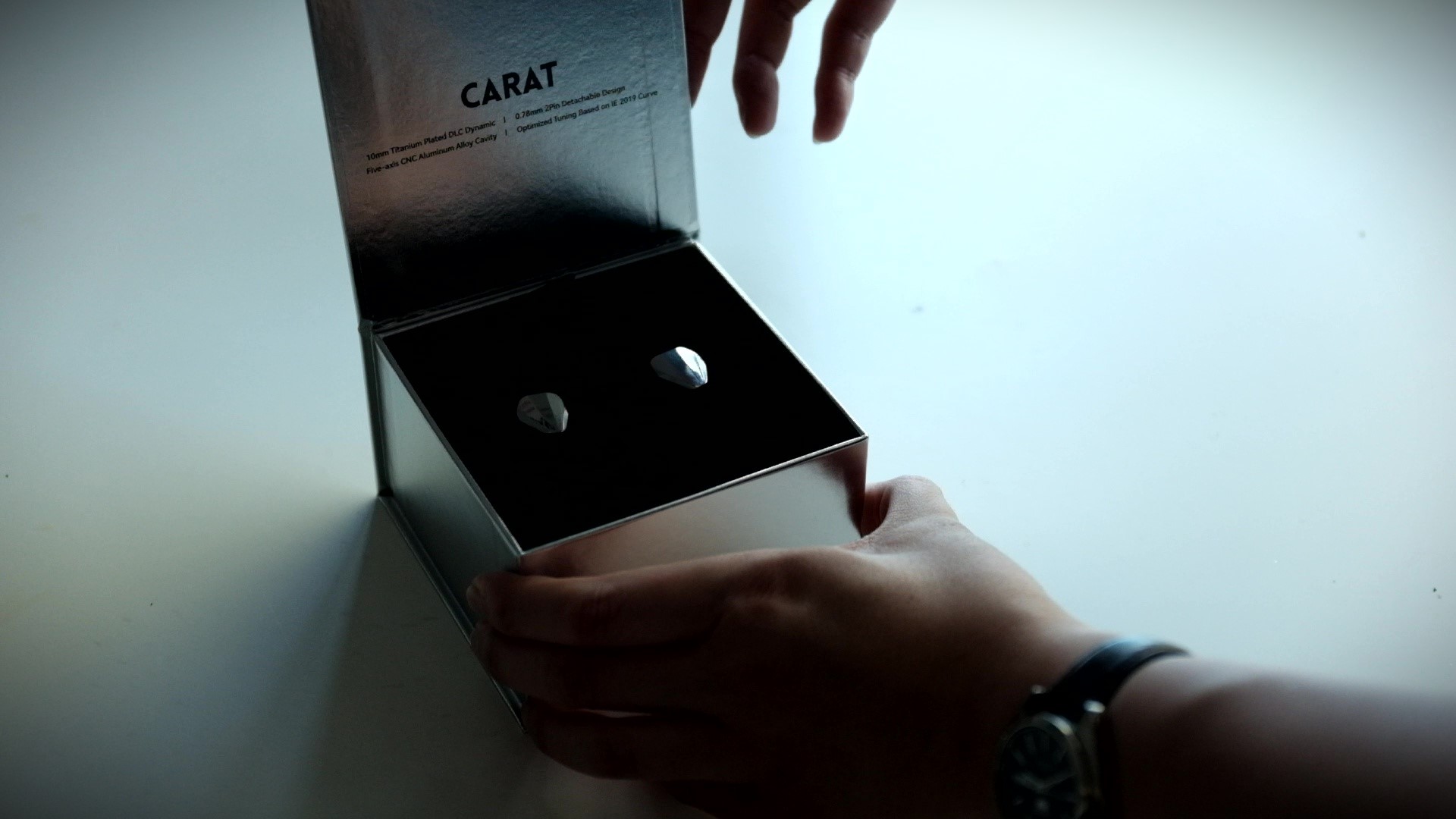
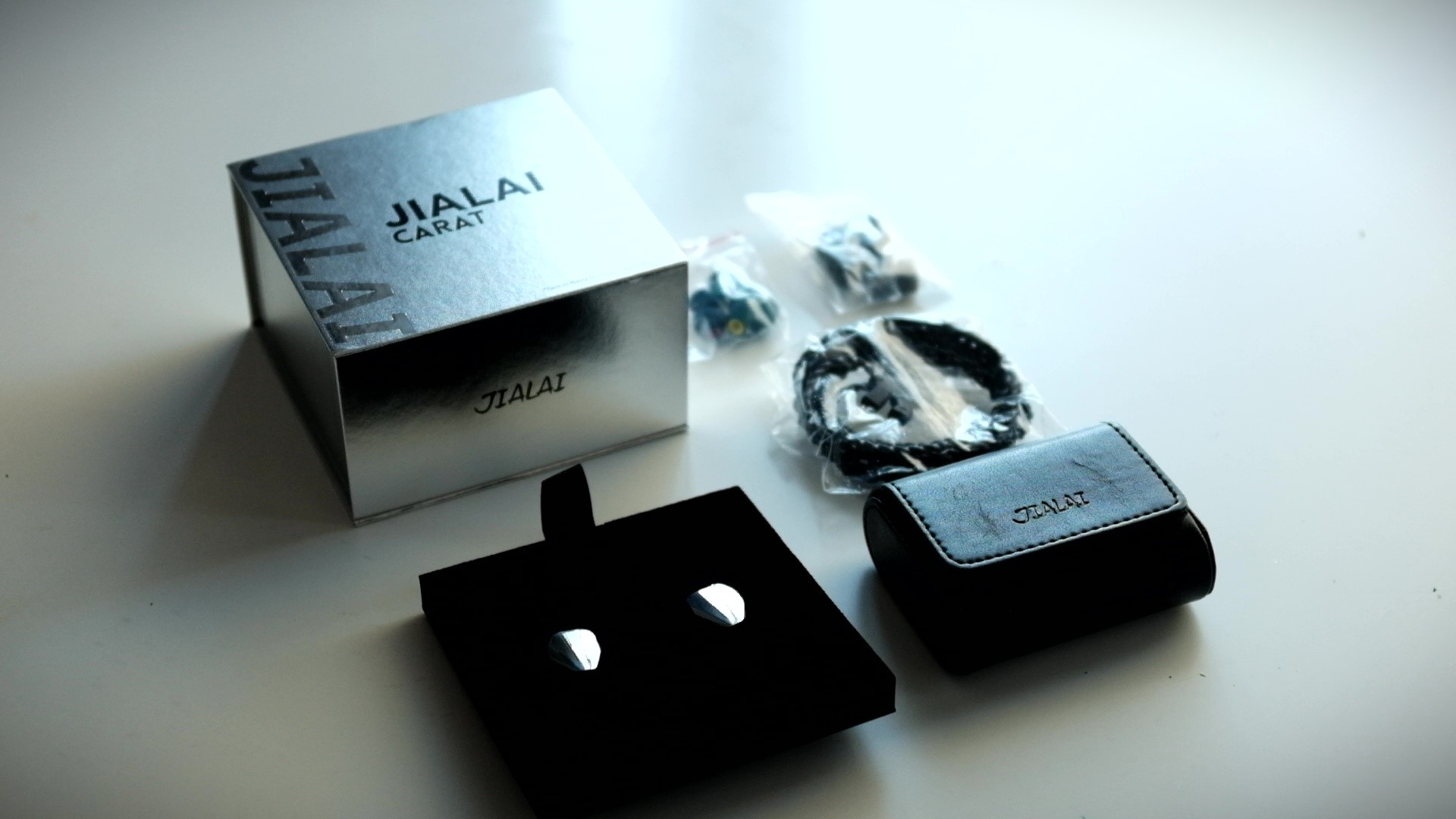
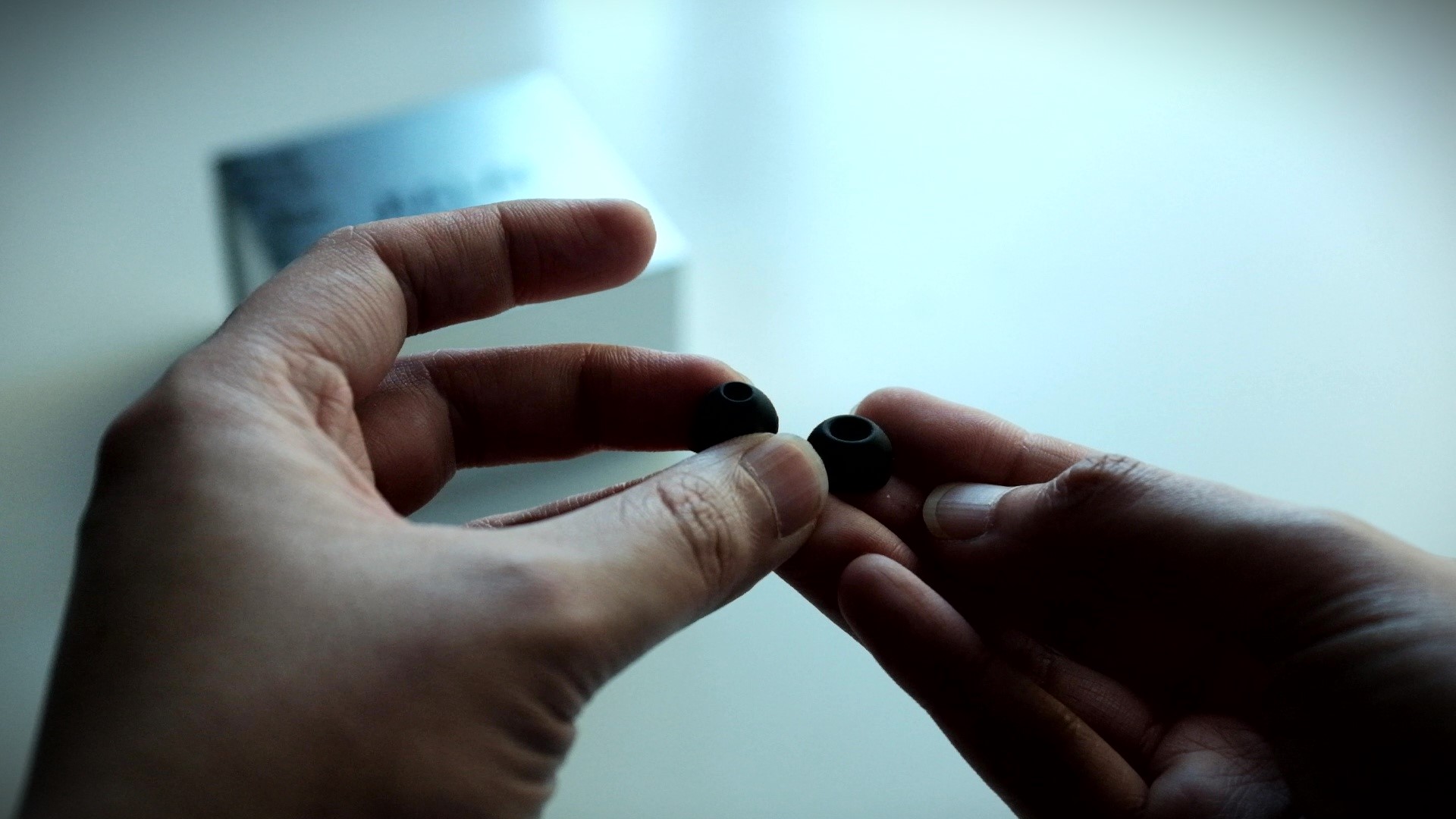
The accessory kit of Carat is complete and quite generous, considering the retail price. In the box, you would find three types of ear tips in three different sizes. I recommend that you play with all of them to find the best fit for your ears, as they might change the perceived sound quality quite noticeably. Other accessories include a standard 2-pin IEM cable with decent hardware. Unfortunately, the default cable has only 3.5mm termination. Finally, and surprisingly, Jialai also supplies a faux leather case to carry the IEM.
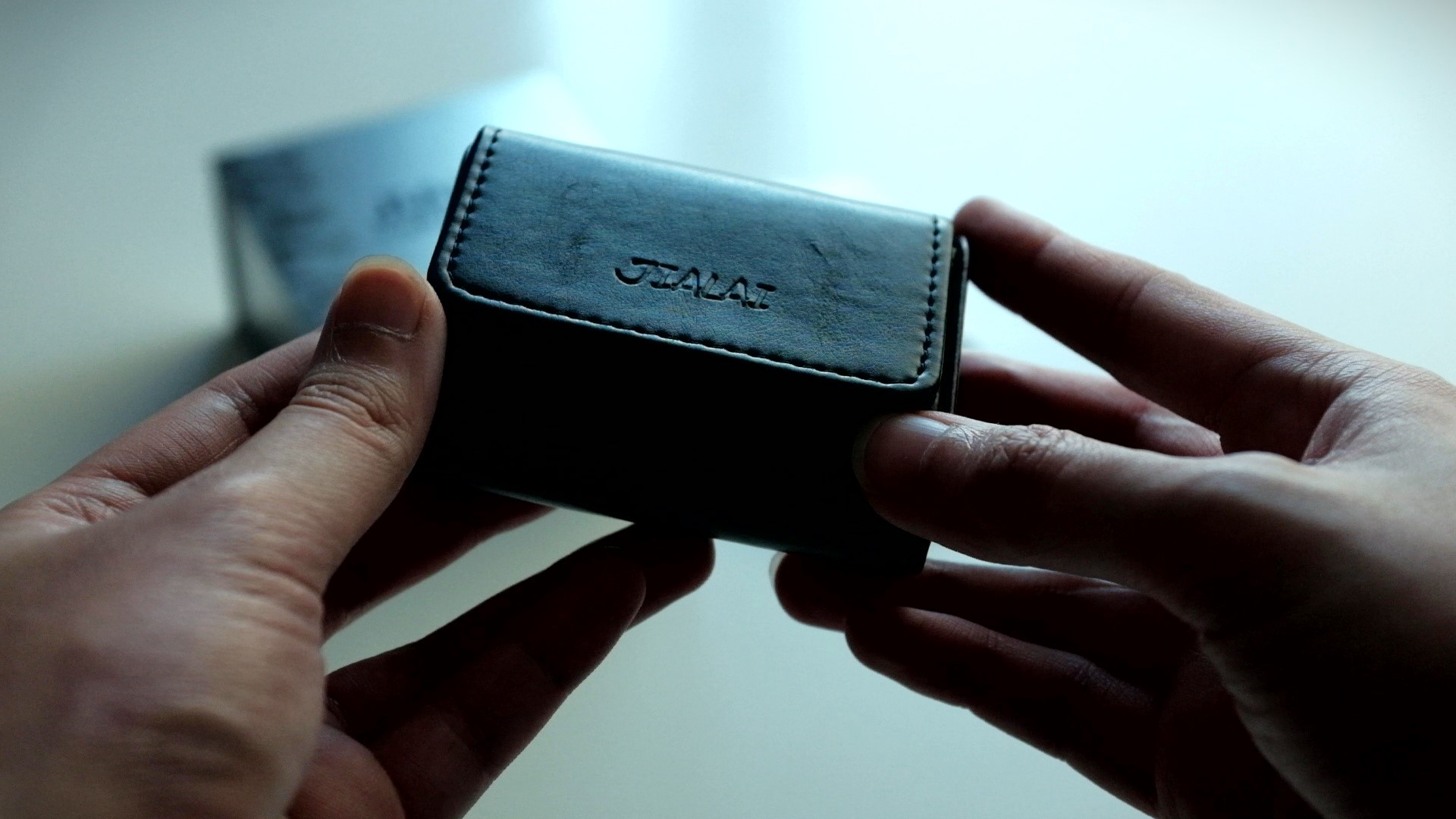
Physical Aspects
The earpieces of Carat are machined from an aluminium alloy and polished nearly to a mirror finish. I said nearly because if you inspect the faceplates of the IEM closely, you would find that the surfaces have slight ripples rather than being perfectly flat. Another issue, which is to be expected from mirror-like surfaces, is that Carat earpieces are fingerprint magnets. If you want to keep the IEMs beautiful all the time, you should keep a microfiber cloth nearby.
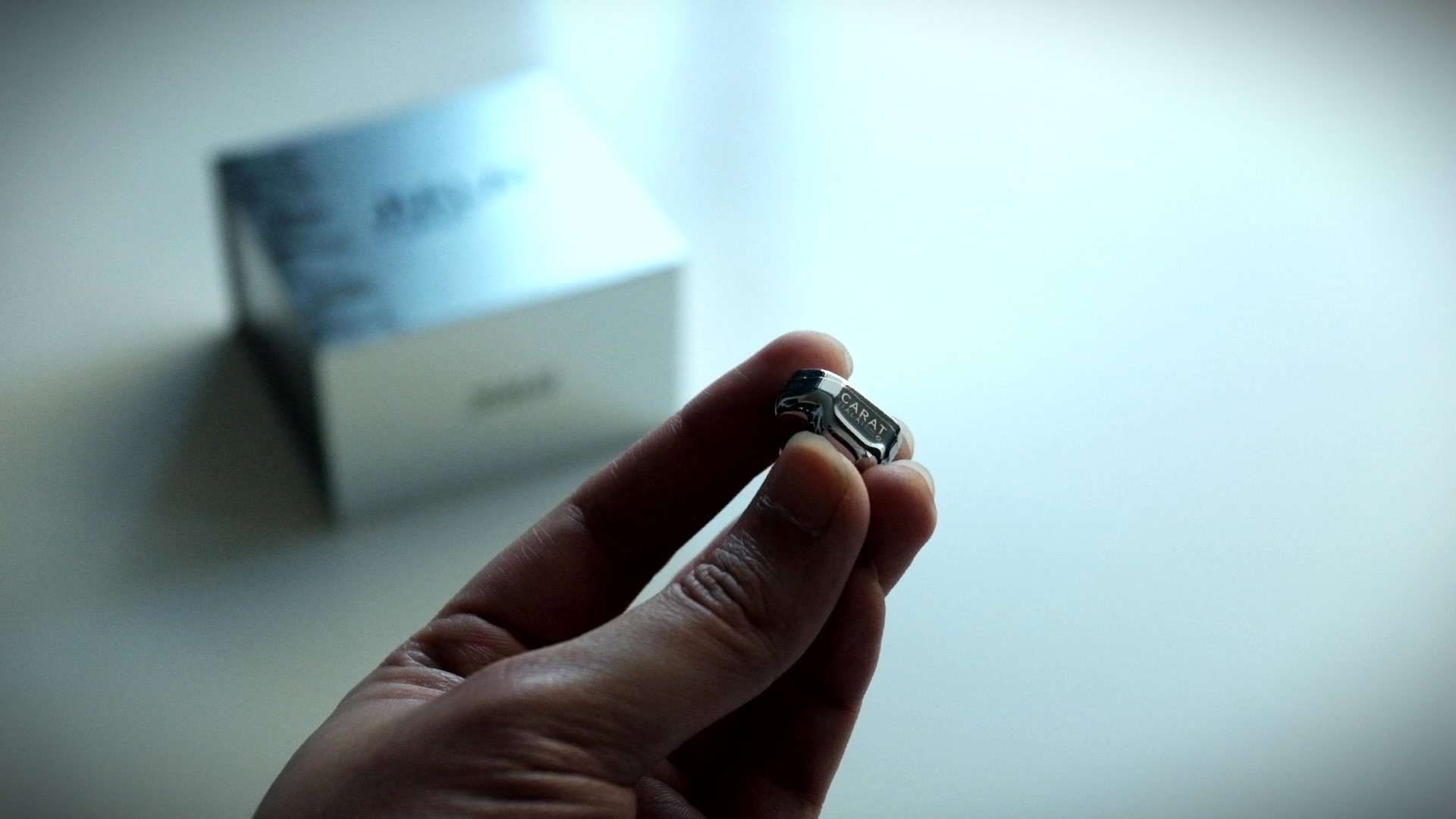

Because the earpieces are constructed from a metal alloy, they are not as light as other plastic IEMs, especially the hollow ones constructed from UV cured acrylic resins. Luckily, they are not as heavy as stainless steel IEMs like my FiiO FD5. As a result, I didn’t experience any discomfort due to the weight of the earpieces during my tests.
The ear pieces are well vented, thus I did not experience any pressure build up in my ear canal during my tests. On the other hand, the well vented design reduces the noise isolation of Carat. Though, I wouldn’t say it is less isolating than other single DD IEMs.
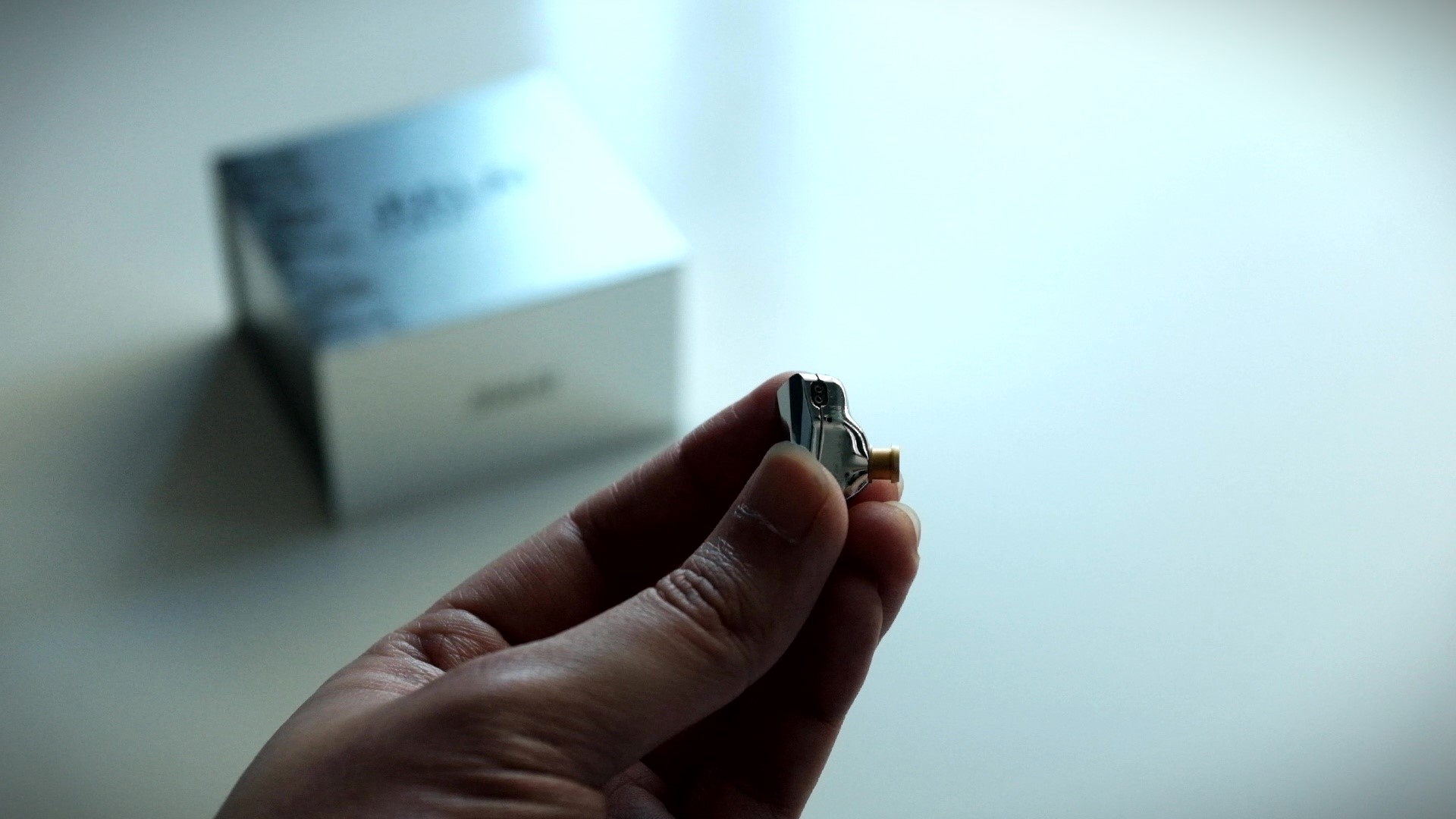
The nozzles of Carat are where I find some challenges. These IEMs have short nozzles with large lips at the top, a combination that makes ear tips pairing tricky. I recommend shorter ear tips with wide opening and sticky caps to pair with Carat. Shorter tips ensures that you can get the IEM to sit flush against the concha of your ears for a stable fit and smoother treble response. Because the ear tips do not sit deep in your ear canals, sticky caps are necessary to increase the stability. Wide opening is also recommended to avoid introducing unnecessary peaks to the treble response.
Driveability and Pairing
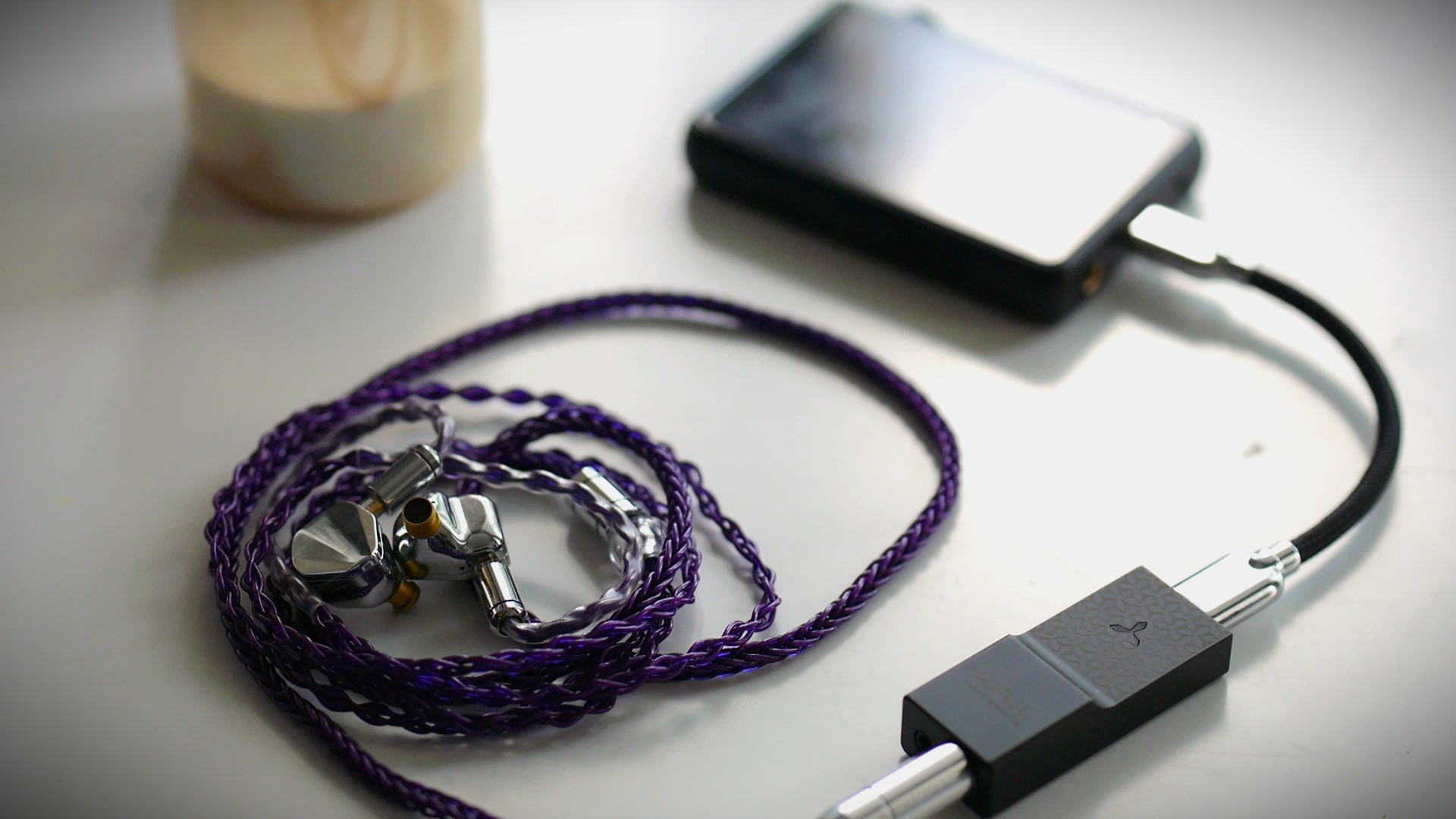
With a rated impedance of 32ohm and sensitivity of 108dB per mW (likely measured at 1kHz), Carat is a “moderately easy” IEM to drive. It means this IEM does not sound wrong or bad from sources with weaker amplification, but it does lose some magic.
For instance, when listening to the same song with Apple USB-C dongle and with iBasso DX300, it is quite noticeable that bass attacks are duller, the soundstage loses the “3D” sensation, and surprisingly I also hear more sibilance with the Apple dongle. These differences are more noticeable when music has more bass content, but less so with simple acoustic recordings with one voice and one instrument.
I would recommend sticking to Apple dongle or an entry level USB-C dongle such as FiiO KA11 for Carat. Though I do hear enough difference in the performance of Carat between the Apple dongle and higher-end DAC/amp, the relatively low price tag of Carat cannot justify an investment for a higher-end DAC/amp or music player, unless you have decided to make audio gear your long-term hobby.
Subjective Experience
Testing setup: iBasso DX300 (stock player app) -> stock cable (4.4mm) -> IEM -> Medium wide bore ear tips
The overall sound signature of Carat can be described as “V-shape” that leans toward the high frequencies, giving this IEM a strong sense of perceived clarity. At the same time, it has a slight emphasis in the lower midrange, which can reveal itself rather unexpectedly in some piano recordings.
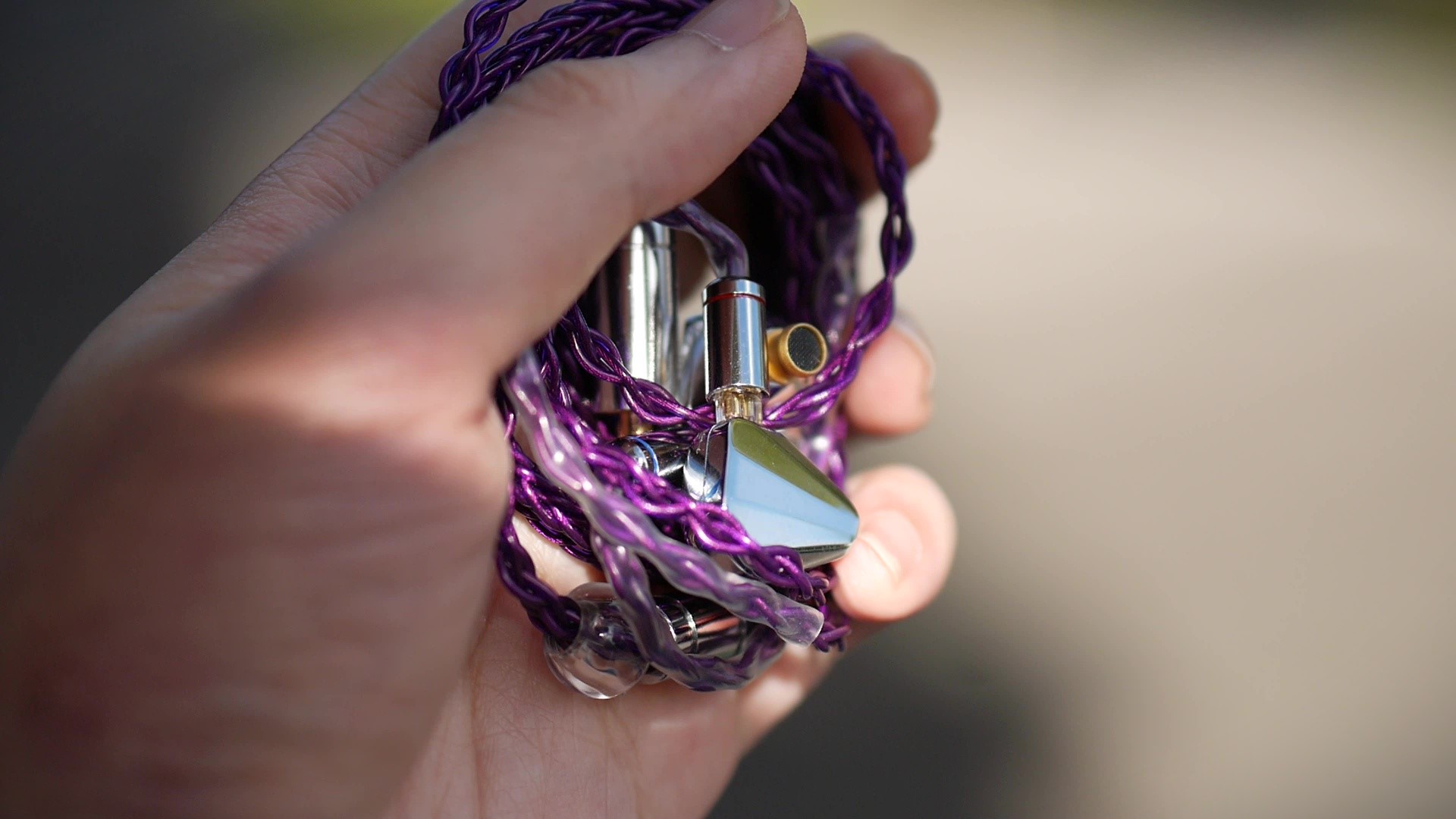
Vocal music:
- Pentatonix - Can’t help falling in love: All voices have natural timbre and good balance in loudness. I hear great clarity across all voices of Pentatonix members without any shrill or sibilance, unless I use the Apple dongle. But even when I do use Apple dongle, the sibilance was not offensive. Despite the great perceived clarity, I found that the voices are not easily separated and followed in denser sections of the song.
- John Denver - Leaving on a jet plane: The voice of John Denver sounds mostly correct with great clarity. I do find the voice to be ever so slightly nasally, possibly due to a dB or two too low around 1kHz to 2kHz. However, I’m nitpicking here. In the treble region, I didn’t hear any sibilance even though this IEM does not hold back on the loudness of chimes and the fatiguing triangle on the right channel. Likely thanks to the treble, I can discern a reasonable amount of micro details.
- Ed Sheeran - Shivers: This song pushes the limit of my comfort with the shrill in the chorus section. Carat does noting to mitigate this shrill, though at least it does not intensify it. Interestingly, I found that the voice of Ed Sheeran still has a resemblance of balance and richness in this bright recording. The Carat also managed to convey a good sense of space with this track. For example, the repeated synth pattern throughout the song was able to “break the headstage” to convey the illusion that they come from a distant at the front-left direction.
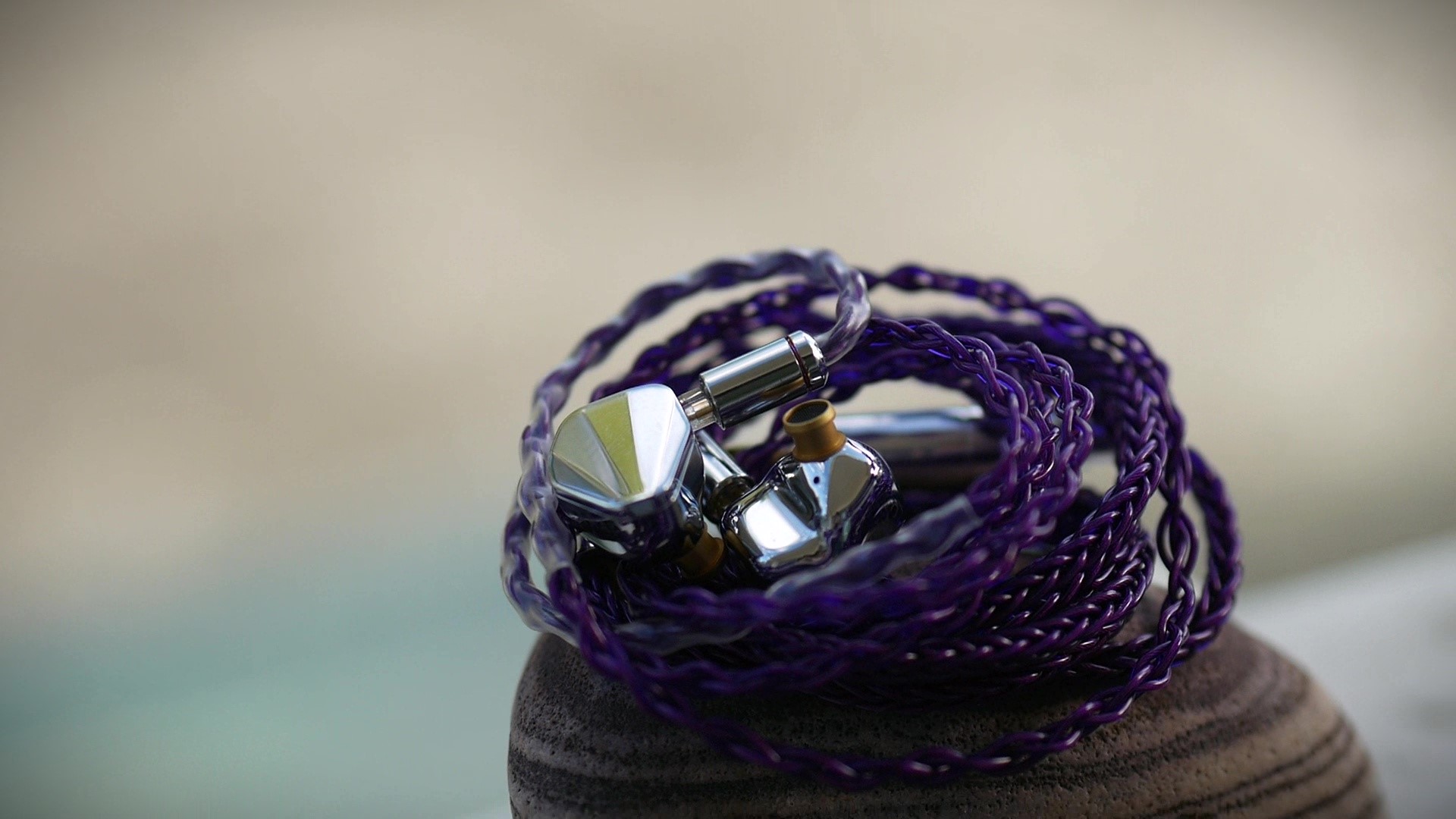
Rock:
- Polyphia - Playing God: Carat reproduces this complex math rock piece quite well with a snappy, dynamic, and clear presentation. I hear the guitars spread out across a soundstage that feels quite open. Cymbals and hats are prominent in the mix but, surprisingly, not shrill or harsh. The bass quantity is not overwhelming but enough to make the bass guitar audible. The kick drums have a good sense of dynamic as Carat can reproduce the volume swings at the attack of bass notes quite well.
- MAN WITH A MISSION - Raise Your Flag: I hear a neutral-bright presentation with this track using Carat. The IEM conveys good clarity and a sense of openness to the track. However, instruments and voices in the upper mids and highs are not well separated in busy sections of the track, suggesting the limitation of the “raw resolution” of the IEMs themselves. In terms of the bass frequencies, Carat again provides good bass quality with dynamic and texture, but I find the quantity to be insufficient to convey the energy of this track.

Classical:
- J.S. Bach: Goldberg Variations, BWV 988 - Aria · Julian Rachlin · Nobuko Imai · Mischa Maisky: I hear a natural timbre and good tonal balance across all three instruments. In particular, I found the cello to have authority and texture. The positioning and separation of three instruments are also precise and stable enough, though I would note that I hear less depth contrast (i.e., near to far placement) than what I expected. In general, there is no much to complain here.
- Lang Lang - Bach: Goldberg Variations, BWV 988: Aria: Coming from the strong tonal performance so far, I was shocked by how unnatural Carat sounds with this track. In particular, I hear an imbalance towards the left hand notes of the piano, making them boomy and disturbing the positioning of the piano in the mix. It feels as if I’m putting my head against the left side of the piano, putting the bass notes upfront, the midrange a bit further, and treble all the way away. This strange presentation does not exist even with “bass cannons” like FatFreq Maestro Mini, indicating that the problem comes from the lower midrange and upper bass, rather than the bass itself.
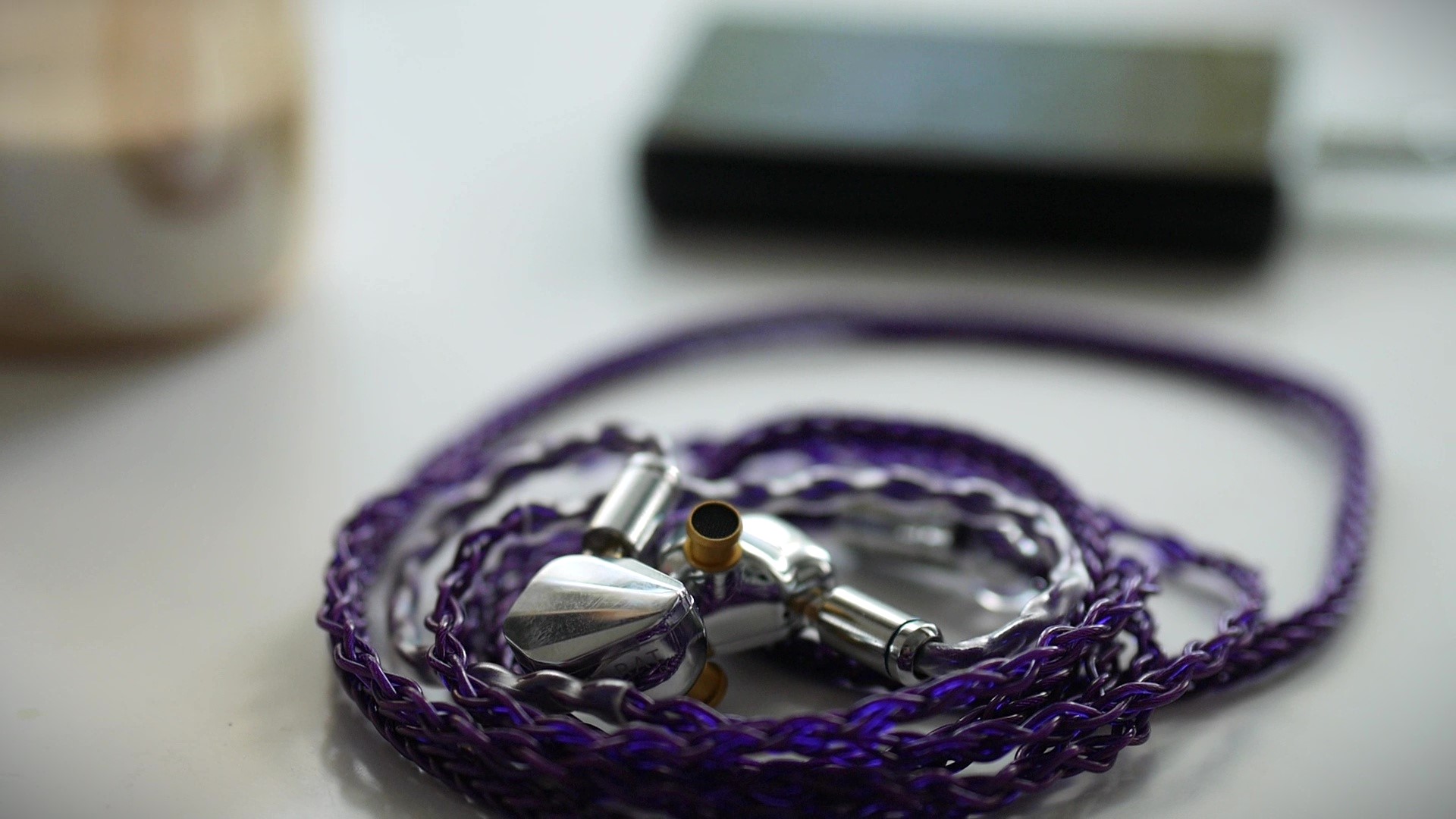
Orchestra and Cinematic Sound Tracks:
- A Way of Life - The Last Samurai: Carat creates a sufficiently open and clear presentation. However, the lack of of treble extension (“air”) prevents this IEM from fully reproducing the foggy, misty ambiance of this track. In direct comparisons against some of my benchmark IEMs, I found that Carat does not separate the background sufficiently from the foreground instruments of the mix to create the illusion.
- Final Mission - Quantum Burst: Carat conveys a good sense of space and openness with this track. The bass feels snappy and possesses good texture, lending good energy to this energetic track.
FPS gaming (CS-GO Gameplay by Throneful): Gun shots can sound out-of-head with good sense of direction. However, the sense of distance only works well when the sound comes from the sides and the back. When the sound effects move to the front, the stage feels flat.
Frequency Response Analysis
Frequency response of Jialai Carat against the Harman in-ear target. Measurements were done with an IEC-711-compliant coupler and might only be compared with other measurements from this same coupler. Visit my graph database for more comparisons.
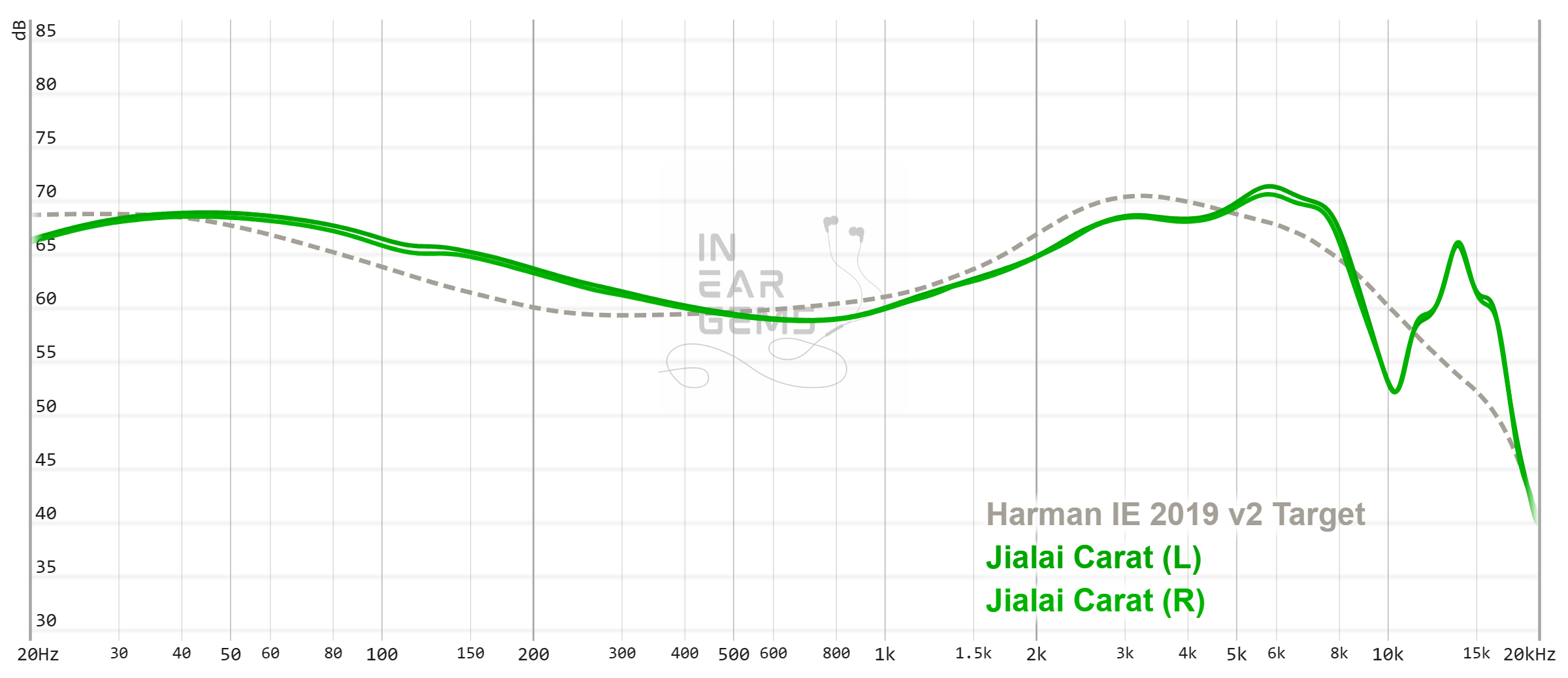
It is helpful to think of an IEM as a filter that highlights or subdues different parts of the incoming audio signal. This effect can be measured objectively by the squiggly lines above, called Frequency Response (FR) graphs, which measure how loud an IEM is at different frequencies from 20Hz (bass) to 20kHz (upper treble). Subjectivity is how your ears and brain interpret the effect of that filter on your music and decide whether it is “enjoyable.” There are some “rules of thumb” when it comes to tonality, but most interesting IEMs usually bend the rules masterfully.
Jialai claims that Carat has been tuned according to Harman in-ear 2019 target, with flourishes based on the experience of their engineering team. To me, I found that the adjustments push Carat toward a V-shaped even more so than a “full Harman” IEM.
Midrange (250Hz - 5kHz): The midrange of Carat follows the Harman target generally from 800Hz to around 4kHz. This adherence explains the overall sense of clarity that Carat exhibits in the midrange region. However, it has a substantial deviation in the lower midrange. The additional energy in this region helps Carat avoid the thin and somewhat disjointed midrange that plagues many full Harman IEM. However, I think that Jialai puts a few dB too much energy in this region, leading to the strange presentation of piano that I described previously.
Bass (20Hz - 250Hz): The bass boost of Carat is roughly balanced against its upper midrange, which explains the balanced presentation that I noted in the subjective impressions. The ratio between midbass (the “punch” sensation) and the subbass (the “rumble” sensation) is higher than the ratio prescribed by the target. This tuning choice partially explains the presence and texture of bass instruments.
Highs (5kHz - 20kHz): The treble region is where Carat exhibits the most deviation from the target. In particular, Carat has a strong boost in the 6-8kHz, the region where Harman target de-emphasizes. This treble boost lends Carat’s note attacks their (perceived) crispness and clarity. Fortunately, the treble was not unpleasant despite this boost. However, if you are sensitive to treble and if you use an Apple dongle, it’s possible that this boost can be difficult on the ears with some tracks.
Resolution

Resolution is a fascinating subject due to the difficulty of pinning down what it really is. To me, “resolution” can be broken down into three components: (1) Sharpness, incisiveness, or “definition” of note attacks (see the figure above). (2) The separation of instruments and vocals, especially when they overlap on the soundstage. (3) The texture and details in the decay side of the notes. The first two give music clarity and make it easy to track individual elements of a mix. The last provides music details and nuances. Smooth and well extended treble response plays a crucial role.
Carat has a strong sense of clarity thanks to the tuning and, likely, the quality of the dynamic driver. In direct comparison, I found Carat to be noticeably crisper with more defined musical notes than the venerable Moondrop Aria (2021 version).
The instrument separation is good, though not great. Whilst Carat does a good job in sparse recording, its ability to place boundaries between instruments gets noticeably weaker in complex and busy sections of recordings, making it harder to follow individual elements of a mix. The detail retrieval ability of Carat is also adequate for casual listening, but does not stands up to focused listening sessions.
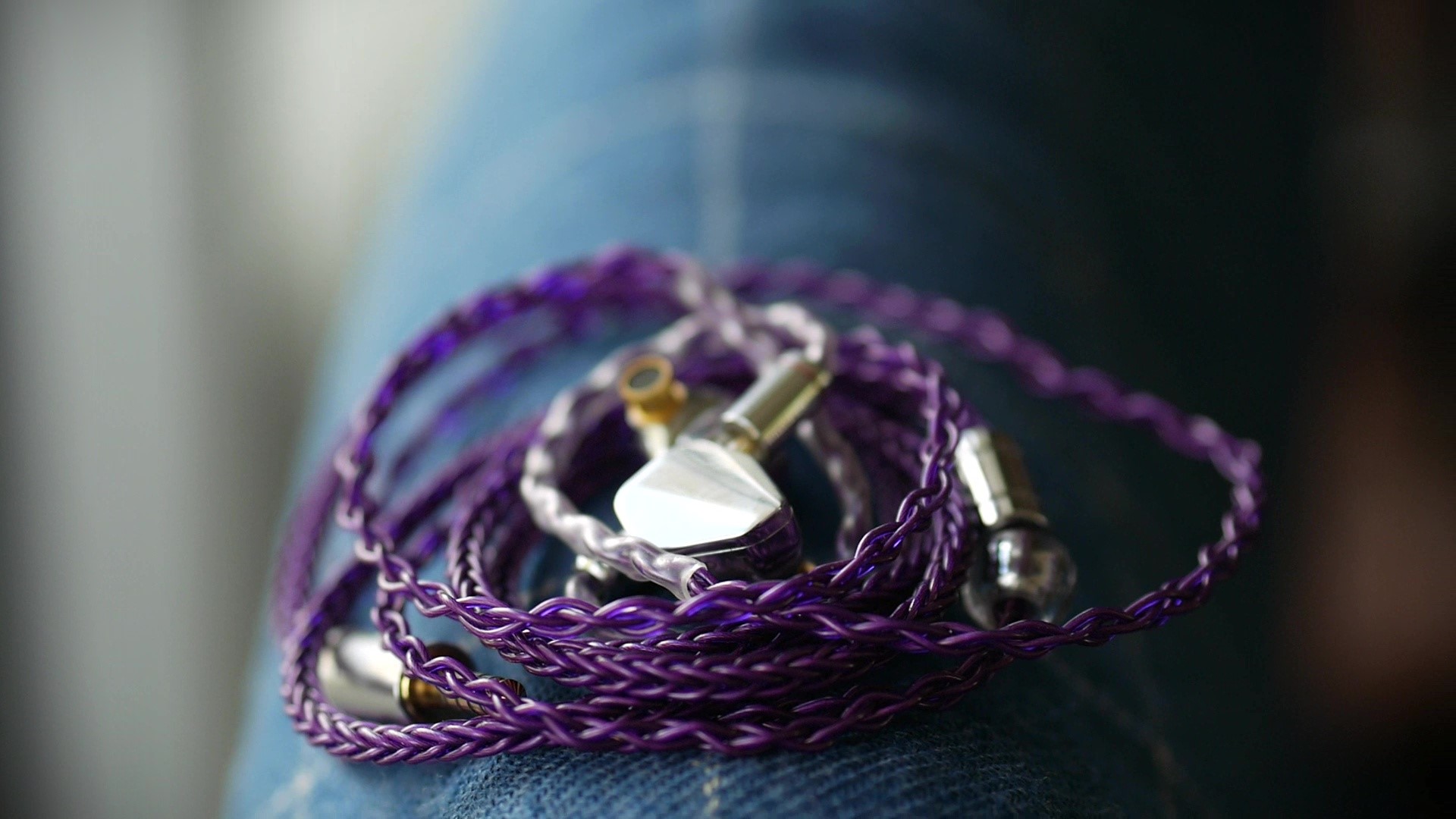
Still, for the intended user base and price bracket, I suspect that strong sense of clarity of Carat would make up for the instrument separation and detail retrieval.
Soundstage Imaging

Stereo imaging or “soundstage” is a psychoacoustic illusion that different recording elements appear at various locations inside and around your head. Your brain creates based on the cues in the recording, which are enhanced or diminushed by your IEMs, your DAC, and your amplifier. Some IEMs present a wide but flat soundstage. Some present a “3D” soundstage with layering, depth, and height. In rare cases, with some specific songs, some IEMs can trick you into thinking that the sound comes from the environment (a.k.a., “holographic”)

The stage of Carat can feel quite open and spacious. If a track is mixed with interesting instrument placement, this IEM can convey a nice 3D illusion, though it does suffer when facing denser and more complex recordings. Moreover, whether it can achieve a good soundstage presentation depends a great deal on the DAC and amp you use to drive it. As I mentioned previously in the pairing session, I found the stage and imaging of Carat to be unremarkable with the Apple dongle.
Rating and Conclusion
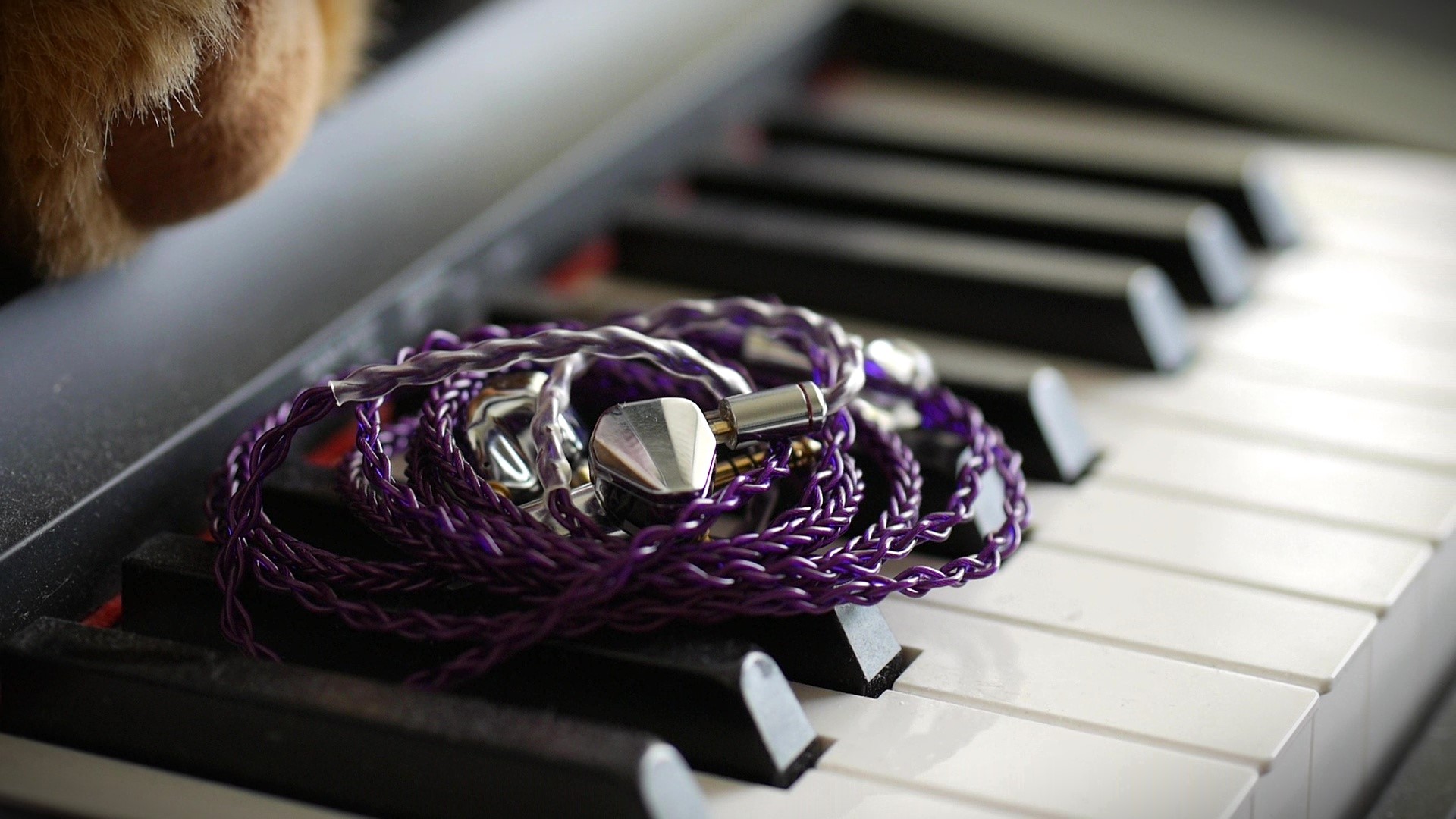
What I like about this IEM:
- Clean, clear, and open sonic presentation
- Strong sense of clarity but rarely get shrill, harsh, or sibilant
- Bass is controlled with good dynamic and texture
- Can convey a 3D sound scape with the right track
- Good build quality
- Complex set of quality accessories
What could be improved:
- Tonality can be unbalanced with some recording
- Short nozzles make ear tips pairing tricky
- Dependent on the choice of DAC and amp
- Fierce competition
Should you buy this IEM? I think Carat would make a good gift to introduce a friend or family member to the world of “audiophile” IEMs. It would make a good beginner IEM. However, if you are sensitive to treble, Carat might be pushing the boundary.
Absolute Sonic Quality Rating: 3/5 - Good (Tonality 3/5; Resolution 2.5/5; Bass 3/5; Spatial 3.5/5)
Bias Score: 3/5 - I’m okay with this IEM.
